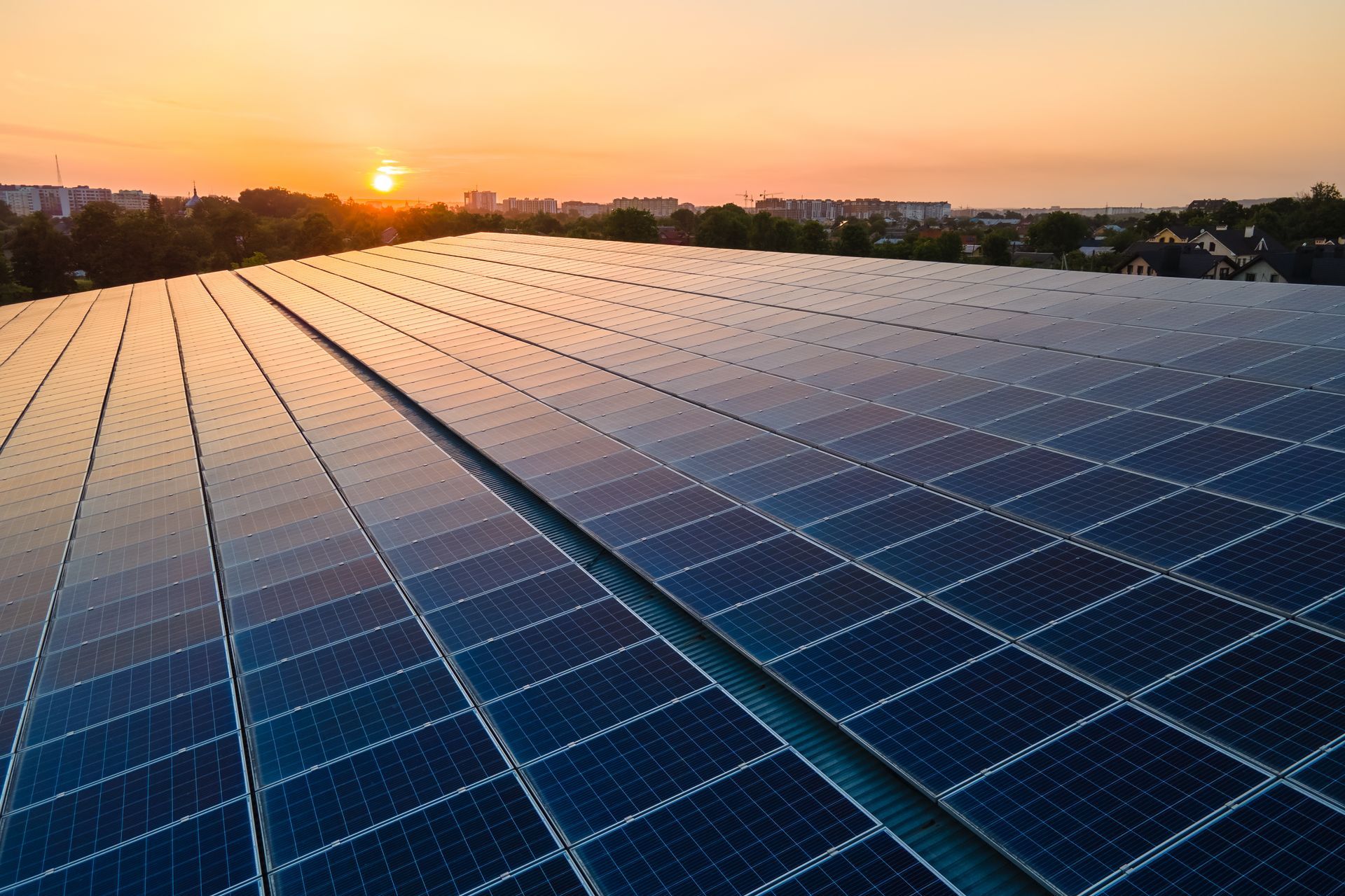How Solar Works
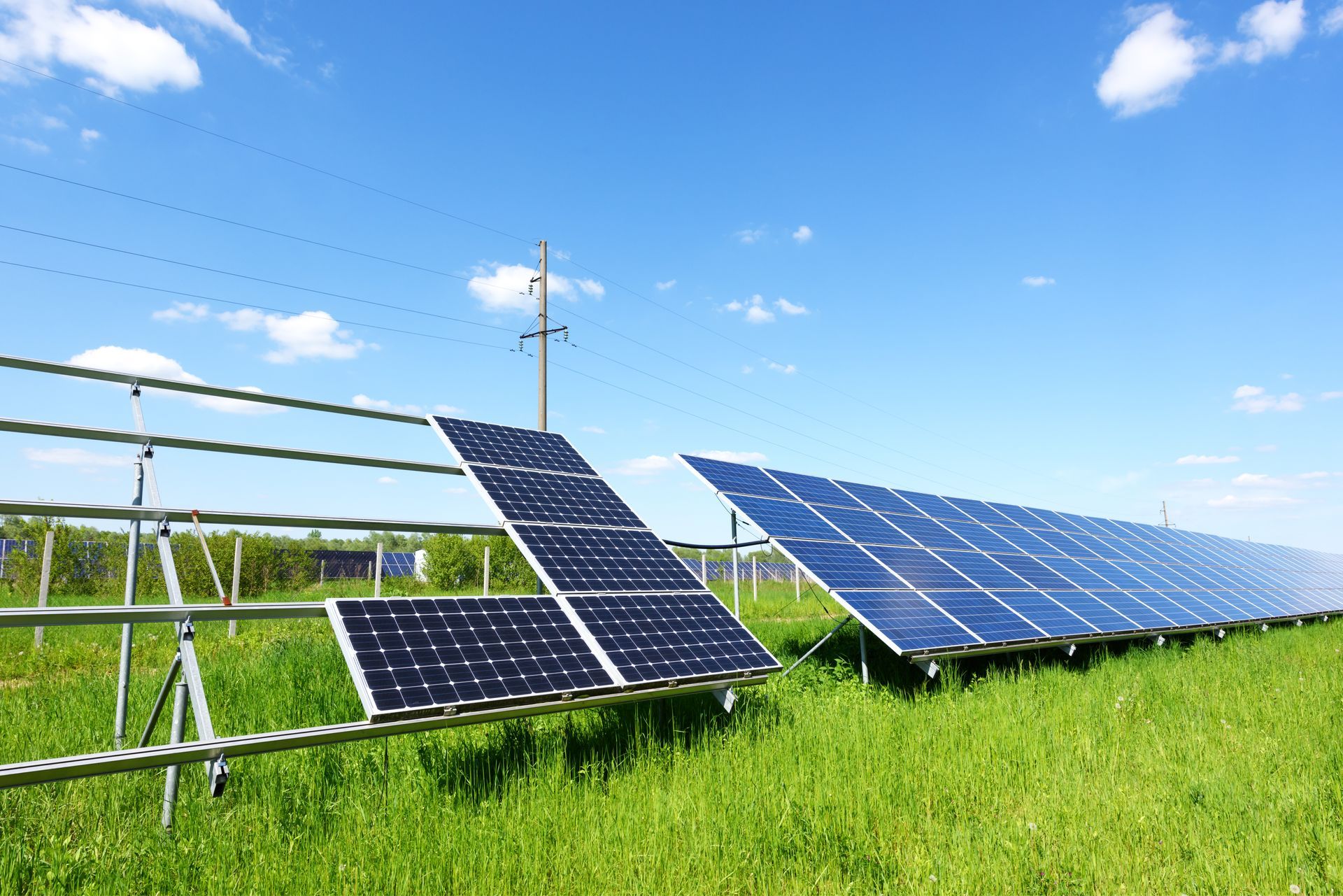
Solar power is a clean and renewable source of energy that works by harnessing the power of the sun's rays. The process starts with solar panels, which are made up of photovoltaic (PV) cells that convert sunlight into electricity through the photovoltaic effect. The energy produced by the solar panels is in the form of direct current (DC), which is then sent to an inverter to be converted into alternating current (AC), the type of electricity used in homes and businesses.
Once the AC power is generated, it is sent to the electrical panel to be distributed throughout the household. Any excess energy that is not used by the property is sent back to the grid, where it generates credits on the owner's monthly power bill. This process is known as net metering and is an excellent way for homeowners to offset their energy costs while also reducing their carbon footprint.
One of the most significant benefits of solar power is that it allows homeowners to store energy for later use. This is done by installing a solar battery storage system that stores excess energy produced during the day for use at night or during power outages. With a solar battery, homeowners can be sure they always have power when they need it, even when the sun isn't shining.
Another option for homeowners is to sell excess energy back to the grid through a process known as feed-in tariffs. This program allows homeowners to earn money by feeding excess solar energy back into the grid for others to use. Feed-in tariffs vary depending on location and utility company, so it's important to research the program specifics in your area before installing solar panels.
In conclusion, solar power works by harnessing the solar power of the sun to generate clean, renewable energy. By using solar panels, homeowners can convert sunlight into electricity that can be used to power their homes and businesses. Solar power also offers options for energy storage and feed-in tariffs, allowing homeowners to store or sell excess energy to offset their energy costs and reduce their carbon footprint.
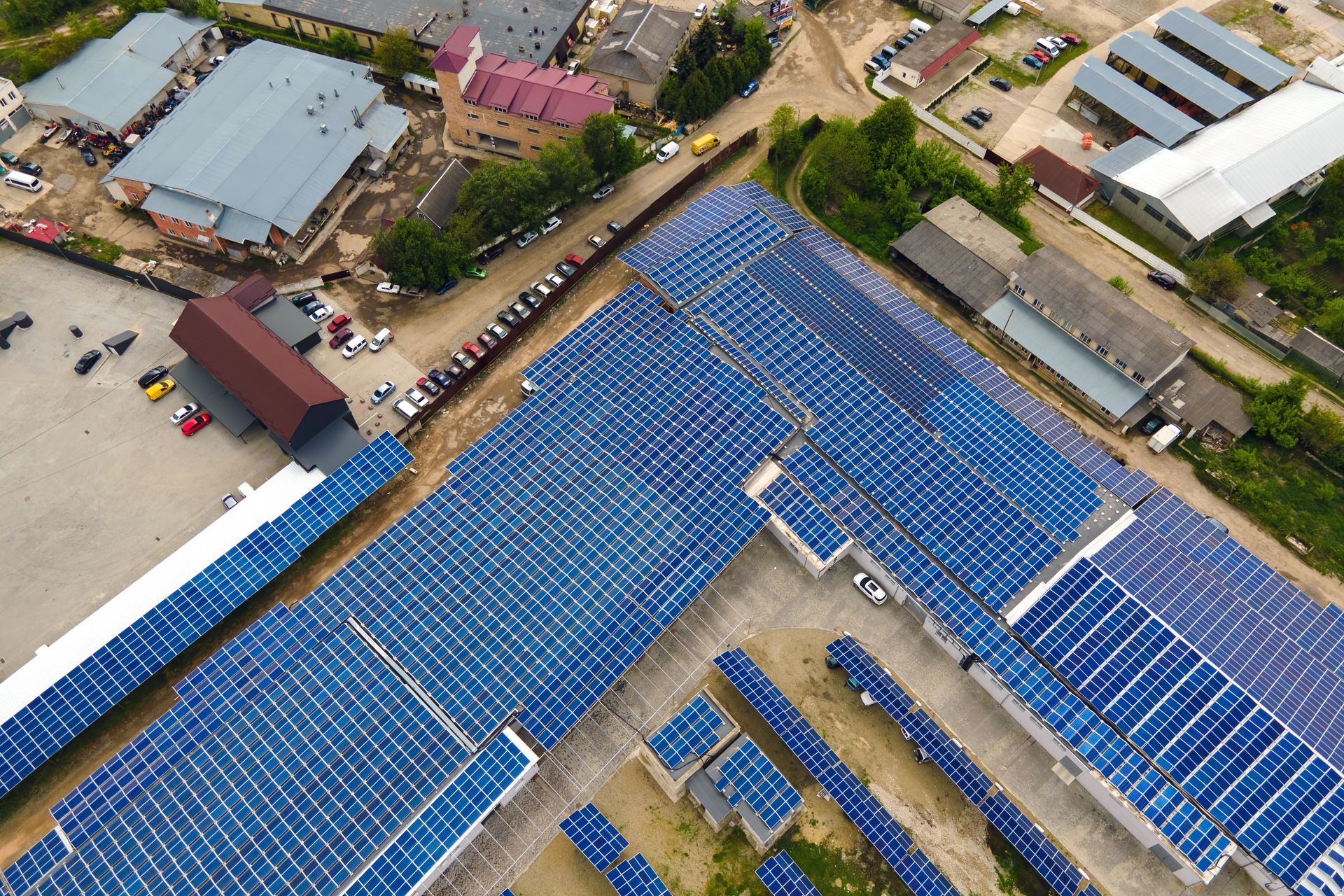
How Does Solar Work?
Once solar energy is converted into electrical energy, it is almost ready to be used. However, there are a few more steps involved before the power can be utilized. These steps can be broken down into four simple stages. The first stage involves the conversion of Direct Current (DC) generated by the solar panels to Alternating Current (AC) through an inverter. In the second stage, the AC power is run to the electrical panel, where it can be distributed throughout your household. The third stage involves the consumption of the solar power within your home. And finally, any excess energy not used is sent to your meter, which generates credits on your monthly power bill.
1. Solar Panel
Solar cells, also known as photovoltaic cells, are the backbone of solar technology. These cells are made of silicon and have the unique ability to convert sunlight directly into electricity through the photovoltaic effect. The PV effect occurs when light particles, or photons, hit the silicon atoms in the cell, causing them to release electrons. The movement of these electrons creates an electric current, which can then be harnessed as usable power. This technology has revolutionized the way we generate electricity, providing a clean, renewable energy source that is becoming increasingly accessible and affordable.
2. Inverter
After the silicon cells of the solar panel have converted light energy into electric power through the photovoltaic (PV) effect, the generated Direct Current (DC) is not yet ready to be used in your home. It needs to be converted to the Alternating Current (AC) used by your home's appliances and electronics. This is where the inverter comes in. The DC power from the solar panels is run through the inverter, which converts it to the AC power used by your home. This process is essential in ensuring that the solar energy generated by the panels is compatible and usable by your home's electrical system.
3. Electric Panel
Once the solar panels convert the sun's energy into electricity, it is directed towards the inverter. The inverter then transforms the Direct Current (DC) into Alternating Current (AC) power, which is suitable for use in your home. The AC power is then sent to the electrical panel, where it is distributed to the various parts of your household that require electricity. With the power of solar, you can enjoy clean, renewable energy that not only reduces your carbon footprint but also helps you save money on your energy bills.
4. Utility Meter
Any surplus energy generated by the solar system and not consumed in the property is fed back to the grid through the meter, resulting in credits on the homeowner's monthly power bill. This is possible due to the net metering program implemented in many regions, which incentivizes the production of renewable energy by compensating homeowners for the excess energy they produce. Solar energy systems can thus not only provide clean and sustainable power for your home but can also potentially earn you savings on your electricity bill.6
Start Inquiry?
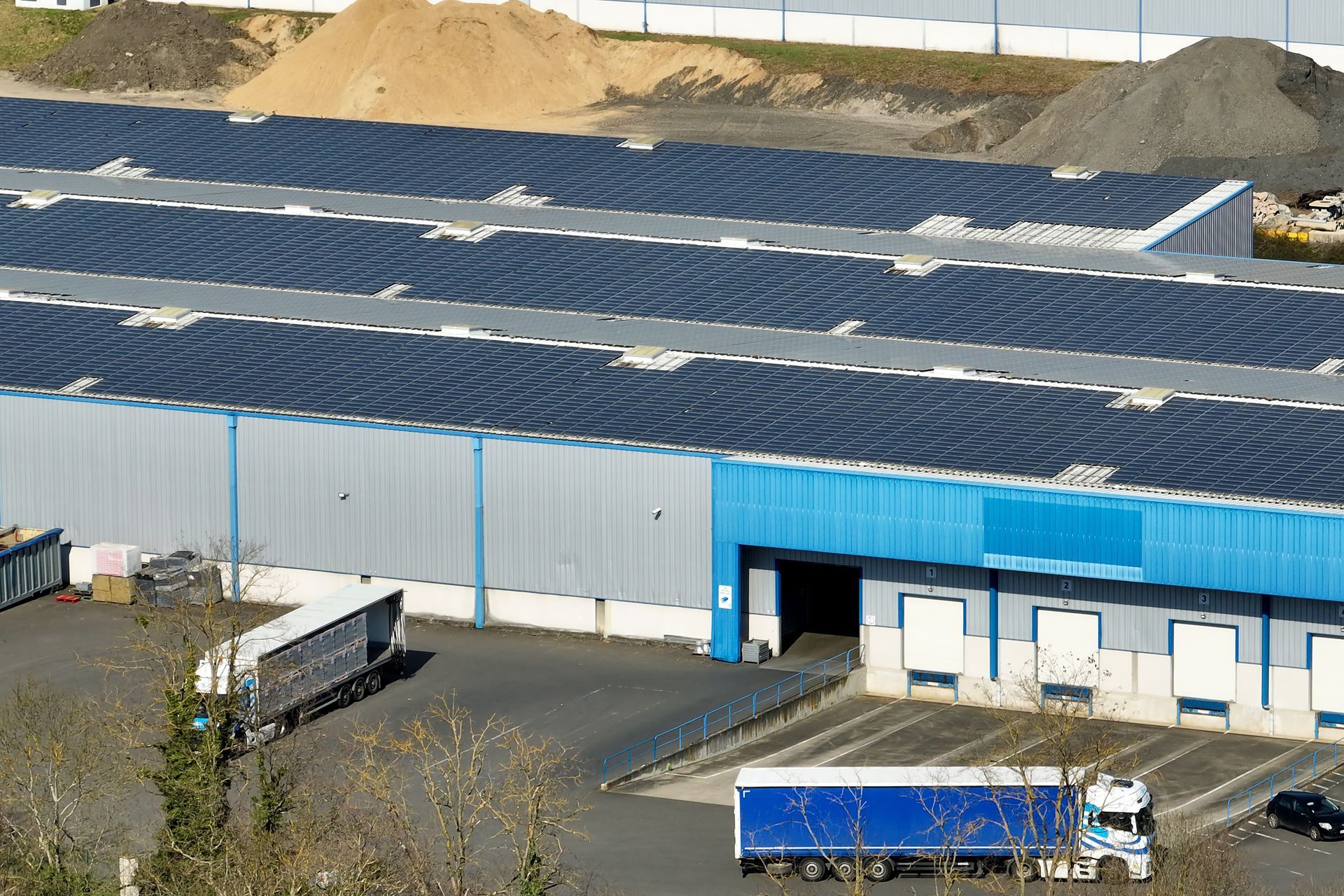
01
On Site Consultation
To start your journey towards solar installation, give us a call or fill out the contact form to schedule your consultation. Our team of sustainability specialists will guide you through the process, discuss your energy usage, and help you explore how to get solar in your area that can support your transition to renewable energy.
Sherwood Park, Alberta
02
Optimized system design
Our team will utilize our expertise to analyze your energy usage, assess your site, and collaborate with you to create a solar optimized system design tailored to meet your unique requirements. Once you approve the proposal, we'll handle everything from conducting site verifications to delivering the final solution.
High Prairie, Alberta

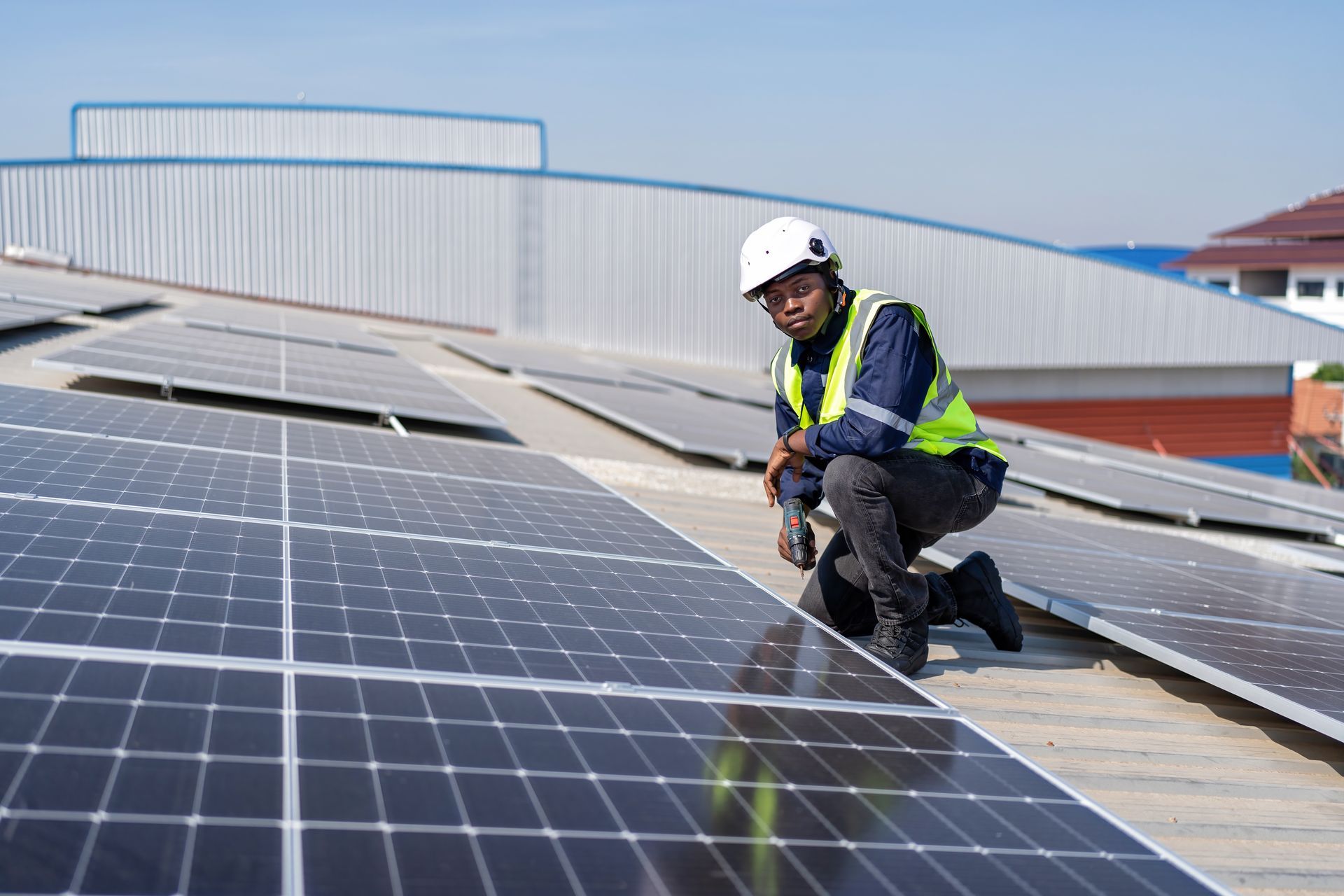
03
Solar Panel
Installation
At Local Solar, our process for solar panel installations begins with taking care of the necessary paperwork, including applying for any available incentives, obtaining utility agreements, and obtaining necessary permits on your behalf. Our team then procures the solar products you have selected and keeps you informed throughout the entire process. Once all of the preparatory work is complete, our team of trained and certified electricians will begin the solar panel installation.
Sherwood Park, Alberta
04
Certifications & Inspection
After the solar panel installation is finished, we conduct an internal audit to ensure that the system meets our high industry standards. We also schedule a city inspection to obtain the necessary certification and ensure that everything is up to code.
High Prairie, Alberta
